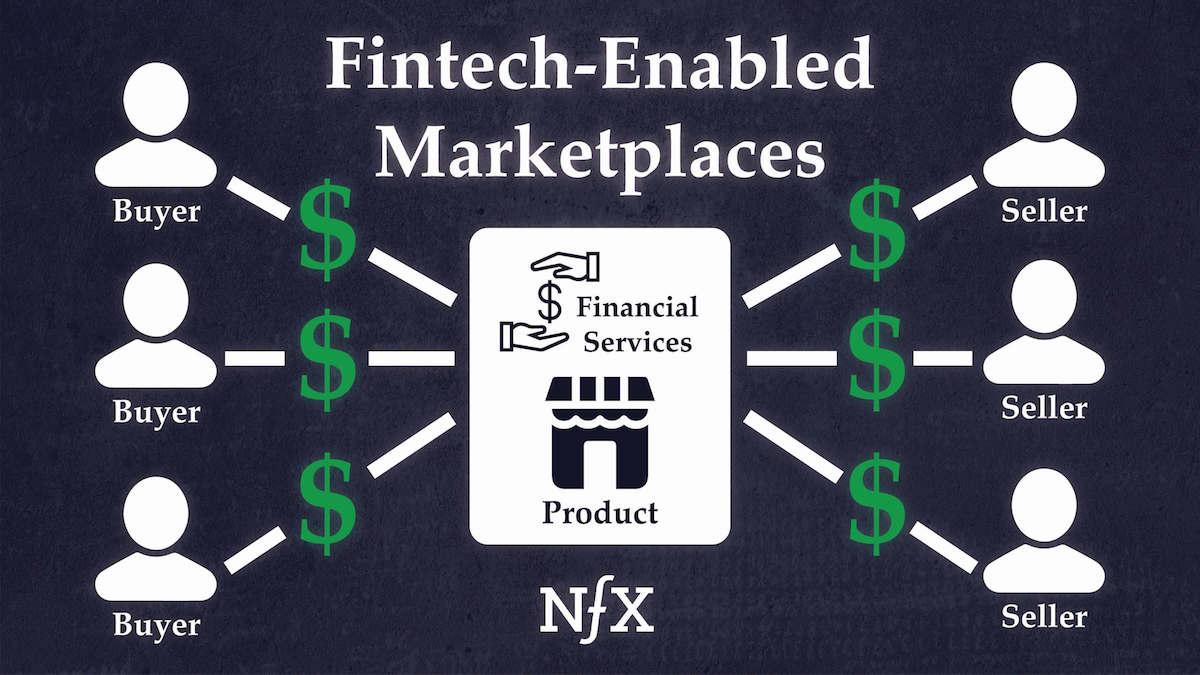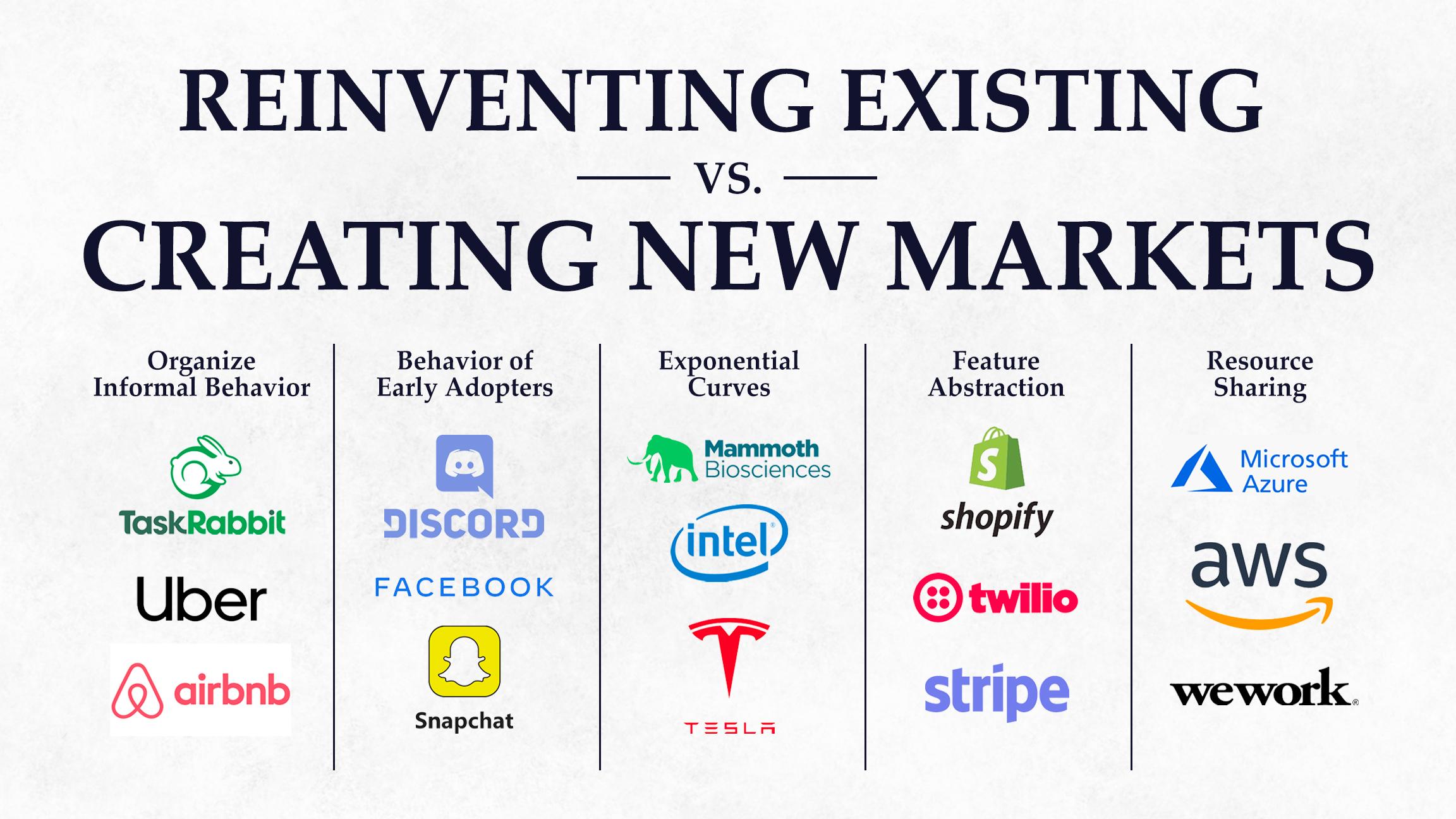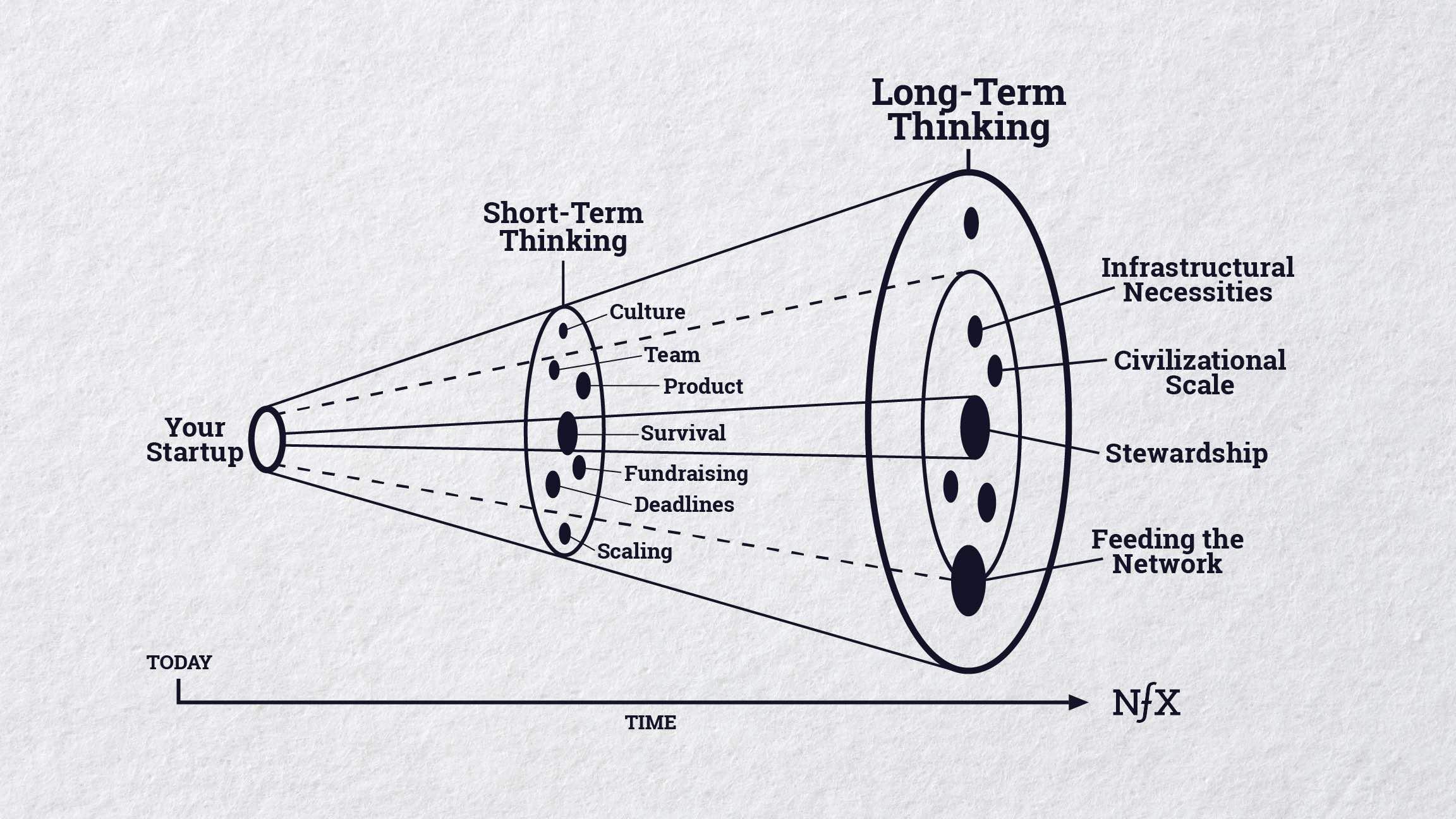

Some problems are so big, they feel crazy to even try to solve them.
Global homelessness, for example. 1.6 billion people today are living without adequate housing (1). This represents a massive, underserved market, and a type of problem often overlooked by tech Founders.
Fortunately, Brett Hagler and his Co-Founders at New Story Charity are tackling it head-on, with an unlikely combination of 3D printed homes, Bitcoin-based mortgages, and fundraising via NFTs.
I’ve had the privilege of serving on New Story’s board since they graduated YCombinator in 2015 and have since witnessed their impressive, fearless growth. What looked at first like an intractable problem now seems like fertile ground for radical proptech-meets-Web3 innovation.
Real estate is the story of our lives.
A few years ago I published a 3-part thesis for NFX around proptech startups, where I identified major opportunities in these trends:
- Alternative transaction models
- Alternative living
- Tech-enabled construction, management, and maintenance
New Story is one of the rare organizations leveraging all three of these areas at once.
There are so many lessons for Founders to take away from New Story’s journey, from making “bets on the decade,” building community as a product, attracting talent to your mission, and mental models for solving a problem that’s crazy… until it’s not.
Below are excerpts from the released podcast episode with Brett Hagler, in his words.
Ending Global Homelessness
Our mission at New Story Charity is to pioneer solutions to end global homelessness. We work with families who are living in extreme poverty without adequate housing. That market is unfortunately about 1.6 billion humans and is likely to increase to over 3 billion in the 2030s.
We see what we do as an impact-oriented model, but from a Founder’s standpoint, it’s a massively underserved market that has so many opportunities for new innovations. For the last six years, we’ve tried to create better solutions to these outdated models for why families don’t have access to certain things like financing or affordable housing.
By the end of 2021, we should have well over 3,000 homes made, mostly in Latin America, and all of those homes are in communities. We actually think of our product not only as the home, but the whole community.
We’re building community as a product with a per home cost ranging anywhere from about $6,000 to $10,000 USD for a multi-generational home. Our team obsesses over questions like how can we create different features in a community so that it provides a better-lived environment for families? How can we enable families to increase their income and have better health outcomes?
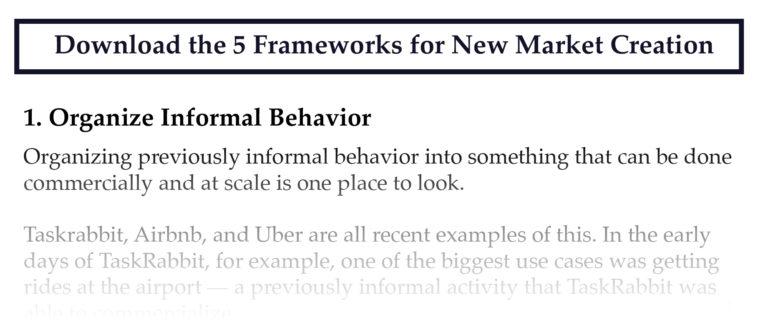

“Make Something People Want”
We were one of the first nonprofits to go through YCombinator back in 2015. Of course, YC’s mantra is, “Make something people want.” When you think about the families that we work with, unfortunately, the types of people who usually work with them don’t really go and learn about what the family actually wants. They just think, “Okay, this family is very low income. We just need to help them, so let’s just grid out a bunch of houses, not get their input, not get their feedback, not really have systems set up to A/B test and learn and create a better product.”
We thought that was very outdated and wrong and not how a startup would go about approaching a problem. We love bringing in the families and the residents we get to work with and they can help give us feedback on the home design, community design, how we do payments, how we do financing, and much more.
We’re designing and improving our products based on their feedback, which of course seems obvious, but unfortunately in the nonprofit and the social sector, that doesn’t happen. I think that’s one of the main reasons why you get a lot of bad outcomes, because you’re not using some of these really important startup principles.
Choose To Have Higher Standards
One of the best things about going through YCombinator, which was extraordinary for us, was they didn’t treat us any differently than anybody else. They didn’t set us aside and say, “Hey, you should make your ambition half of the other ones or decrease your standards, because you have a social impact.” No, it was the exact same thing. And that’s what my Co-Founders and I believed. If you’re trying to work on such a massively complex problem like global homelessness, if anything, you should have higher standards.
The ability to just choose to have higher standards and to choose to put innovation and calculated risk-taking in your culture, those are choices that we got to make in the beginning. That’s what helped form our DNA.
At New Story now, one of our values is to think big, break down, and execute. The backstory is from when we went through YCombinator. When you first start, you have about a three-month period, and they tell you, pick one very ambitious metric that you will hit by the end of the program. Go off for a day or two and as Founders, think about something that feels very ambitious, but just maybe possible and attainable. It has to be one metric. Just focus on one.
We went away and said, “In three months, if we could do 50 houses, that would feel really ambitious, but maybe we could do it.” The first thing they said back to us was, “Great. Double that. You’re going to do 100 houses in less than 100 days. That needs to be your goal.”
What that forced us to do was change how we thought about going to market, how we’d have to do things on the ground. That’s a mentality that anybody can take. That’s a choice to think that big and to give yourself those goals in that limited time period. It worked. We did about 115 houses in 100 days.
You have to understand that there is only a very small percentage of people who are going to think that way and are going to push you that way. Usually what’s going to happen is the gravitational pull is going to bring you back down to what’s normal, what would be a little above average, what would be nice to have.
As Founders, you have to think bigger than that. You’ve got to push through. I’m an example of that. I am by no means anywhere close to the smartest person in the room or the most accomplished person. I think one thing that my Co-Founders and I did was just having the audacity to set bigger goals. What we realized was that bold ideas attract bold people. They attract bold people who want to invest in you and who want to come join your company. Now obviously you have to back that up as you go on, but that has been an advantage for us.


NFX General Partner Pete Flint (left) and New Story Charity Co-Founder and CEO Brett Hagler (right) in front of a recently 3D-printed home
Crazy Until It’s Not
You have to be selective with how many of the “crazy until it’s not” ideas that you go after. Obviously, if you’re going after too many, it’s going to dilute it. We want to get conviction on what are the bets that we want to make. If they work, they will truly have a 100X impact.
Since we’re still in the process of building a company, we haven’t done anything that would, if it didn’t work, completely sink us. It would be a big hit to us, but it would be one that we could still move past.
Our first bet which has gotten a lot of attention was partnering with a startup out of Boston, Texas, called Icon as their first partners to create a 3D printed house in the United States. But we wanted to prove that out even more, so then we created the first 3D printed community of homes in the world.
In the beginning, when I was running around telling people that we wanted to allocate a lot of capital towards 3D printing houses, even though they haven’t been proven yet, a lot of people said that was crazy. A lot of people said, “Let the other people do that. Stick to what works. Stick to what’s normal.”
People were trying to give wise advice and we wanted to listen, but we made a decision to try it anyway, because we had high conviction. Then it worked. And when it worked, it was no longer crazy. Everybody wants to partner with you then. We had Apple TV do a documentary. We’ve had hundreds of millions of video views, but it was because we had the courage to take a calculated risk, despite many people telling us we shouldn’t be the ones to do it.
Shameless Conviction
For Founders, especially in the earlier stages, what I’ve learned is that it’s key to pick what you have conviction on and just be shameless about it. Be unashamed about how other people are going to think about it. Sometimes with New Story when we launch new things, I know that some of the general donors who are used to certain experiences with a traditional nonprofit may roll their eyes at us or they may say, “Hey, you guys can’t do that first. You have to let the other people do it first.”
If you try to listen to everybody, you’re just going to get diluted. Your brand is going to get diluted, your messaging is going to get diluted. So, what we’ve said is that we are unashamed in how we think about using technology, taking calculated risks, and this doesn’t have to be for you. But we are going to be a good fit for the type of investor donors who say, “Hey, I resonate with that because I would run it the same way if I was running a nonprofit or if I was an executive of a nonprofit.”
Our Bet For The Decade
What Founders and investors will do is forecast a future of what could be and what should be possible. For us, our bet on the decade was 3D-printed homes. We know that in the beginning, there are going to be problems. There are going to be issues. There are going to be learnings and inefficiencies, but we made this investment as an organization because we really believed that in the second half of the decade, it could really scale up.
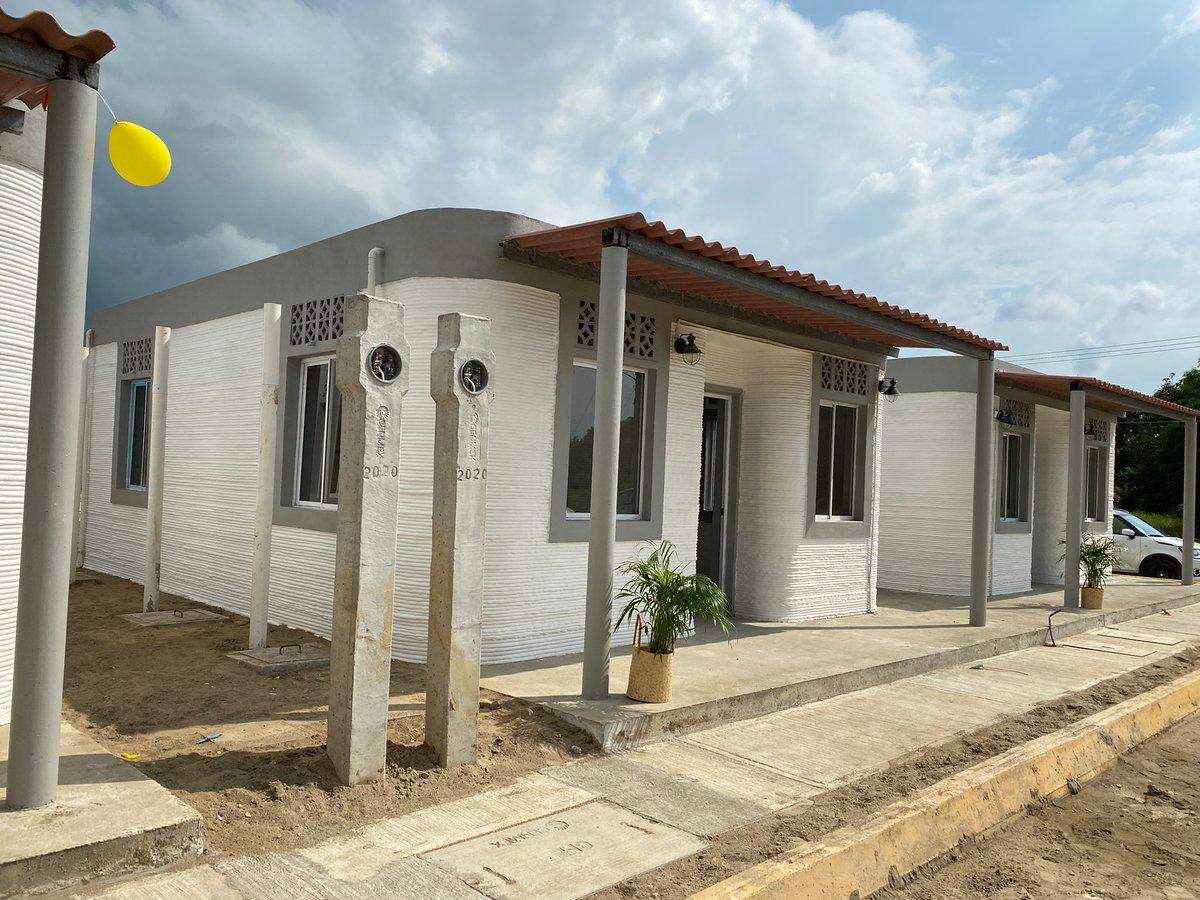

New Story Charity’s 3D-printed home
I think that’s what a lot of Founders do. They have this insight on what could be and should be further out into the future, that is going to take some time to build, but they get early traction and change public opinion. They get talented people to leave great companies and come work for their startup. They are the ones that are starting it off and are catalyzing this new future or technology.
Communities of 3D Printed Homes
We’re using a proprietary cement mix that is going to be oozing out of the 3D printing machine. The homes that we print are anywhere from 500 to 1,000 square feet. It’s like a gantry-style machine that sets up on the ends of the house that we’re about to print on, and then we will layer the house with the cement. It almost looks like a soft-serve ice cream that is coming out of the nozzle. It creates layers that will ultimately go to the top of the house, then you can put a roof on. Each layer is about an inch to an inch and a half thick. The machine is just printing the layers that the CAD file is telling it to print, so we can easily edit the CAD file.
We can edit the designs and then the machine is just doing what it’s told. There’s hardware and software innovation, but it’s also a material sciences innovation. It’s really about how quickly the material can cure from when it comes out of a nozzle. After it lays down a layer, then you have to come back around and do the other layer until you’ve layered the whole house to the top. We’re really excited about the future with our incredible partner Icon, getting to increase that speed at how quickly the homes can be built.
Now, we’ve created the very first 3D-printed community of homes in the world. Of course, that came with a pretty big set of challenges and set of learnings. But from our perspective, we did it. We proved it. We got an extraordinary amount of learnings and that’s going to set up the next couple of years for how we want to grow the partnership.
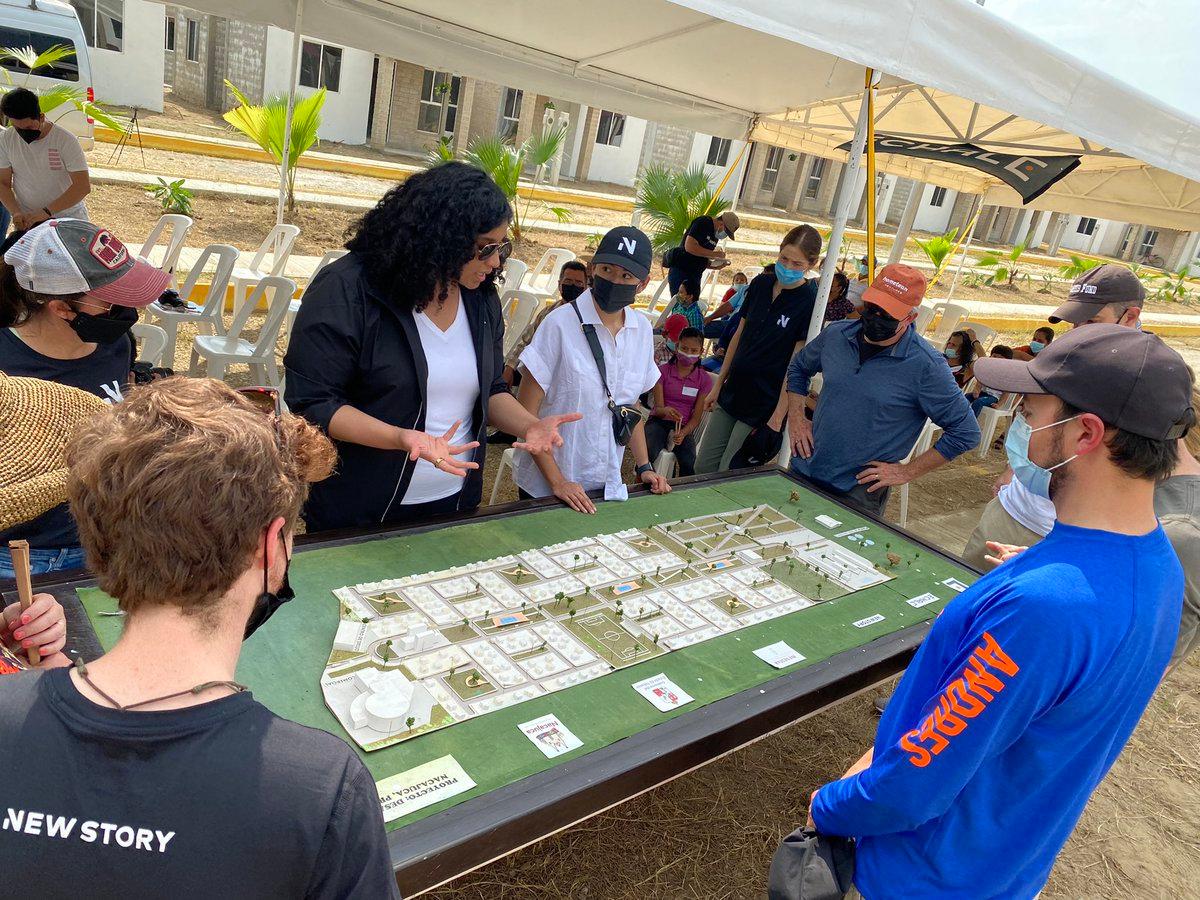

Development plans for New Story Charity’s 3D-printed community
Bitcoin-Based Mortgages
I think web3 is going to be another one of the crazy until it’s not ideas that a couple years from now people will say is no longer crazy. I have so much excitement and conviction around our specific use case because it cuts out the traditional banking systems that the families we partner with already don’t use and don’t trust. They’re simply not designed to serve families who are below the poverty line and living without adequate housing.
Why we’re so excited about it is because it creates whole new opportunities for the families that we get to partner with. How this shows up right now is that the families we work with are unbanked. We can’t just send them a mortgage payment on their phone or their computer and have them use autopay. That doesn’t exist.
You have traditional systems set up where if a family could get anywhere close to receiving a home loan, the interest rates are going to be insanely high. How the money is transferred and collected over time is literally with cash and people doing it all in person.
Now, think about trying to track that for over 10 years and imagine, where is that stored? Where is the transparency? Families have to spend so much time walking to make these payments. It’s a complete disaster. That’s why a lot of the interest rates are so high and why people can’t make longer-term loans, which we would need for a mortgage. As we know, it takes a long time for a lot of people in the world to pay for a house, so we need to accommodate for that.
What we’re doing right now in El Salvador is using lightning networks that pairs well with Bitcoin. Now, families will be making digital mortgage payments from their phone for the first time. Whether they pay in Bitcoin or cash, they’ll be able to convert that cash into BTC on their phone. They could do that through Bitcoin ATMs that are going to be in the community or they could just get paid in BTC in El Salvador.
We have a wallet set up with a great company called Gallo and families will literally be able to in two seconds pay monthly mortgage invoices from their phone, which will then be transparently recorded on the blockchain. We’re able to do all of this digitally, which removes the human labor, higher interest rates, and servicing costs of trying to collect the payments manually.
It gives families a very transparent creditworthiness that’s digital, and that they can have simply by making these payments from their phone and on the blockchain. That’s one example that we are extremely excited about because everybody has a phone. All of the families that we work with have a phone. They just don’t have a traditional banking system and creditworthiness system. That’s what we want to prove out next.
I think El Salvador is going to be just an incredible place over the next few years for innovators to come and to try different use cases. What we’re hoping to do is to prove that Bitcoin-based mortgages using the lighting network work. Then, I do believe that other countries, especially throughout Latin America and eventually Africa, will adopt a lot of these payment rails and start using Web3 to do everything better and faster.
We’ll see. We’re very excited about it. We’re doing an active pilot and hope to scale it up even more in 2022. Whether it’s this exact Web3 use case or other things we’re doing, I think after doing this work for about six years, the biggest opportunity that we have in helping provide houses to more families is seeing innovation in a way that decreases costs and improves the financing system so that families can actually pay for the house and the land themselves. Charity and government subsidies only go so far.
I think philanthropy is a really great way to prove models and to take a risk but ultimately, if we want to really scale this out, systems and innovations have to be created so that such a massive underserved market can actually pay for the house and the land. That’s what we’re working on, and that’s why I’ve never been more excited about our mission.
First Philanthropy, Now Payments
Our big focus for 2022 at New Story is transitioning from having our model be purely philanthropic to now moving into a model where families will basically be paying for their home and their land. We figured out how to make those payment terms over a longer period of time work, and how to use technology to do it more effectively and efficiently. What we’ve learned is that families want to do that. That’s a dignifying process. For the kind of per-unit economics of the home and the land, families will be paying for it.
New Story is still an organization that definitely requires philanthropy because we’re using that to fund our team, innovation, R&D, and then also some of the subsidies that we will have with the home and land costs.
Dream Big, Start Small
Our name is New Story because we want to create a new story for the families that we get to partner with in helping change their life trajectory, but also a new story in how we think about modernizing and refreshing social impact. That was the founding principle and idea.
In the beginning, we were three young co-founders. We were 23 and 24. We had no experience in this very complex sector. We started by just wanting to build a few houses. I always say to dream big but to start small. Now we’re literally thinking, how do we house over a million people this decade, which is something I have a lot of conviction we can do.
But it didn’t start that way. From day one, we started by going out, getting traction, and beginning to prove that our model works.
Getting Involved
If people want to get involved, if you love Web3 stuff, you can contribute to our Bitcoin-based mortgage program. If you’re more excited about supporting future innovations and our team, there’s a program that we have where donors can just fund our team, R&D, and innovation. It’s a program that we have called the Builders Program. The third thing is that you can just go on our website and either buy an NFT that will represent a family getting a house in real life or you can just sponsor a home to end the year. The home is about 10,000 US dollars.
To hear more about New Story Charity, listen to our full podcast conversation here.
* * *
This content is provided for informational purposes only, and should not be relied upon as legal, business, investment, or tax advice.
As Founders ourselves, we respect your time. That’s why we built BriefLink, a new software tool that minimizes the upfront time of getting the VC meeting. Simply tell us about your company in 9 easy questions, and you’ll hear from us if it’s a fit.

